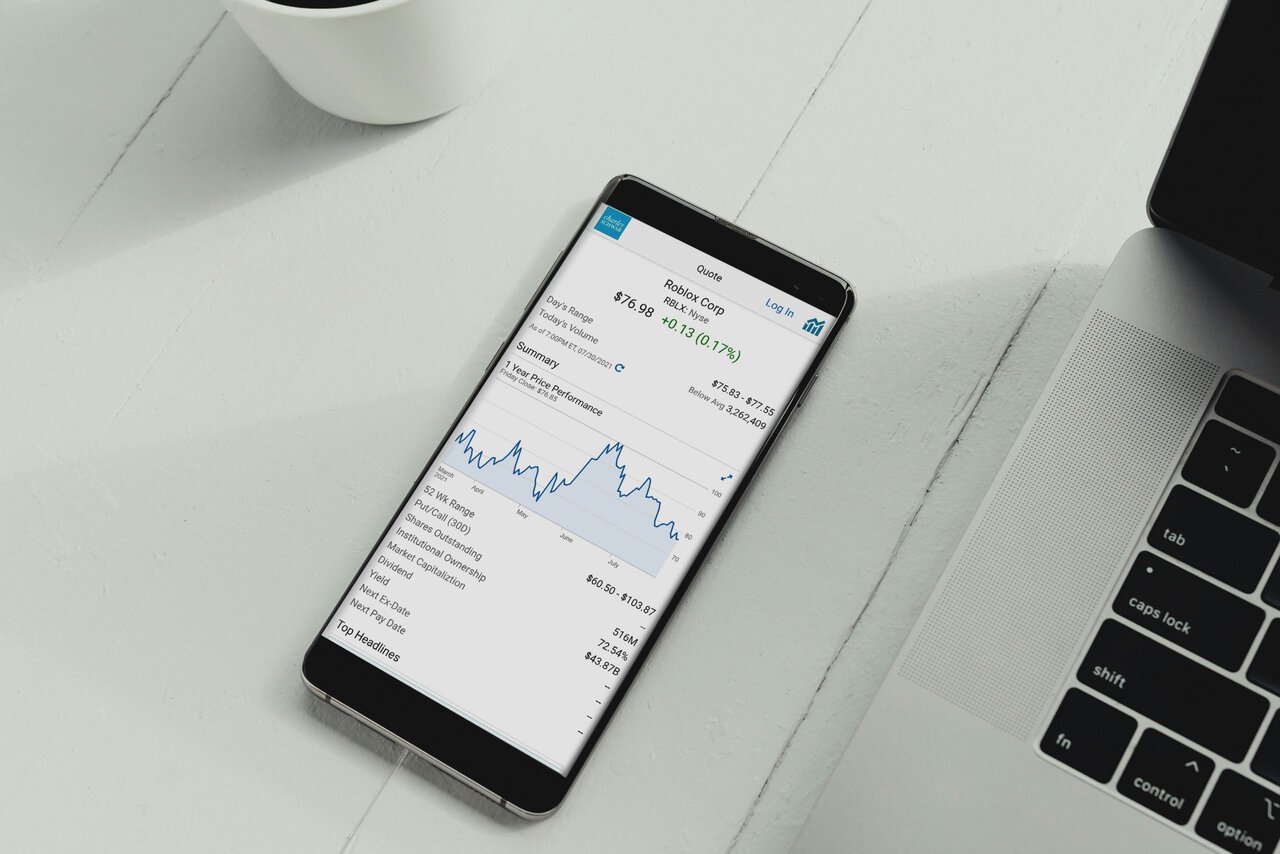In the complex world of futures trading, effectively managing contract rollovers is crucial for sustaining profitability and minimizing risk. Contract rollovers, which involve transitioning from an expiring futures contract to a new one, require both strategic timing and a clear understanding of market conditions. How can traders best navigate this process to ensure optimal outcomes? In this guide, we will explore best practices for optimizing futures contract rollovers.

Understanding Contract Rollovers
A futures contract rollover occurs when a trader shifts their position from the front-month futures contract, which is approaching expiration, to a contract with a later expiration date. This maneuver is essential to maintaining continuous exposure to a given asset without the disruptions caused by contract expirations.
The process typically involves selling the current contract and simultaneously buying the next one, ensuring that the trader’s position is preserved. Understanding the nuances of a futures contract rollover is fundamental for traders to avoid unnecessary losses and to capitalize on market opportunities effectively.
Factors to Consider When Timing a Rollover
Timing is crucial when it comes to futures contract rollovers. Several factors can influence the optimal timing of a rollover, including market volatility, liquidity, and delivery dates. Traders must keep these variables in mind when determining the appropriate time to execute a contract rollover.
Market Volatility
Market volatility is often the main driver for traders when considering a contract rollover. As expiration approaches, front-month contracts typically become more volatile as traders rush to close their positions or roll them over to avoid physical delivery. A sudden increase in volatility can significantly impact the price of a futures contract, making it essential for traders to closely monitor market conditions and adjust their rollover timing accordingly.
Liquidity
Liquidity is another crucial factor when timing a futures contract rollover. As the front-month contract approaches expiration, liquidity can dry up, making it challenging to execute trades at desired prices. This lack of liquidity can result in significant price distortions and slippage, negatively impacting a trader’s bottom line. Therefore, traders should aim to roll over their contracts before liquidity starts to diminish.
Delivery Dates
The delivery date is also an important consideration when timing a rollover. Traders must be aware of the specific delivery dates for each contract they are trading to avoid unexpected physical delivery. It is crucial to roll over a contract before its delivery date, as failing to do so can result in additional costs and logistical complications.
Strategies for Timing a Rollover
There is no one-size-fits-all approach when it comes to timing a rollover. Traders must understand their individual trading strategies and risk tolerance levels to determine the best time to execute a rollover. Below are some common strategies that traders use when timing a rollover:
Calendar-based Rollovers
Some traders opt for calendar-based rollovers, meaning they will roll over their contracts on a predetermined date, regardless of market conditions. This approach can be suitable for traders with longer-term trading horizons who are less affected by short-term market volatility.
Technical Analysis-based Rollovers
Other traders may choose to time their rollovers based on technical analysis indicators, such as moving averages or trend lines. These indicators can be made using technology such as charting software to analyze price patterns and identify potential entry and exit points for the rollover.
Fundamental Analysis-based Rollovers
Traders can also use fundamental analysis to determine the best time to roll over their contracts. This approach involves analyzing market trends, economic data, and geopolitical events that could affect the price of the underlying asset. By staying informed about key market developments, traders can make more well-informed decisions when timing a rollover.
Combination Strategies
Many traders use a combination of different strategies to time their rollovers effectively. For example, they may use technical analysis indicators as a primary tool but also consider fundamental factors when making final trading decisions.

Conclusion
Timing a rollover is a crucial aspect of futures trading that requires careful consideration and planning. Traders must understand their trading strategies and risk tolerance levels to determine the most suitable approach for timing a rollover. By utilizing different strategies and staying informed about market developments, traders can increase their chances of executing successful rollovers. As with any trading decision, it’s important to carefully weigh the potential risks and rewards before making a trade.
